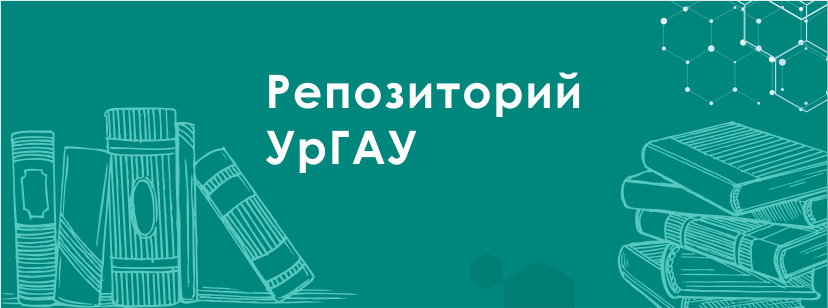V. V. Chulkova, k. s.- h. n., dotsent kafedry rastenievodstva i selektsii;
N. M. Poyarkova, k. b. n., dotsent kafedry rastenievodstva i selektsii;
S. E. Saparklycheva, k. s.- h. n., dotsent kafedry rastenievodstva i selektsii Uralskogo GAU
Lemongrass Chinese [Schizandra chinensis (Turcz.) Baill)]- woody deciduous Liana. In Chinese medicine, lemongrass has been known since the XVI century; in Russia, interest in lemongrass arose in the second half of the XIX century. Flowers, fruits and seeds emit a characteristic lemon smell, as well as stems, roots, leaves and bark when they are rubbed, hence the genus name in Russian "lemongrass". For medicinal purposes, bark, roots, seeds, and mainly berries are used. Lemongrass is used in both folk and official medicine. Berries and seeds increase reflex activity, stimulate and tone the Central nervous and cardiovascular system, regulate blood circulation, excitingly affect the respiratory function, increase visual acuity, reduce blood sugar. The main valuable property of the plant is the ability of its fruits to restore vigor, relieve General fatigue. Prescribe drugs for asthenic and depressive States, hypotension, fatigue, exhaustion of the nervous system, pulmonary tuberculosis, decreased performance, as a tonic to speed up treatment for many diseases.
References
1. Abramchuk A. V. Obschie svedeniya o drevesnyh rasteniyah. – Ekaterinburg, 2012. -65 s. 2. Abramchuk A. V. Sadovo-parkovoe i landshaftnoe iskusstvo /A. V. Abramchuk, G. G. Kartasheva, M. YU. Karpuhin. - Ekaterinburg: 2013. -612 s. (Grif UMO vuzov RF). 3. Abramchuk A. V Lekarstvennaya flora Urala/ A. V. Abramchuk, G. G. Kartasheva, K. S. Mingalev, M.YU. Karpuhin. Uchebnik dlya agronomicheskih spetsialnostey vuzov. Ekaterinburg, 2014. – 738 s. 4. Bolshaya illyustrirovannaya entsiklopediya. Lekarstvennye rasteniya. – Sankt-Peterburg, SZKEO, 2017. - 224 s. 5. Vse o dekorativnyh derevyah i kustarnikah. – M.: OLMA-PRESS Grand, 2003. – 320 - (Russkiy Hessayon). 6. Vse o lekarstvennyh rasteniyah. – SPb: OOO «SZKEO», 2016. – 192 s. 7. Goncharova T. A. Entsiklopediya lekarstvennyh rasteniy / T. A. Goncharova. - M.: izd-vo Dom MSP, 2001. - T.1 - 560 s; T.2 - 528 s. 8. Ilina T. A. Lekarstvennye rasteniya: Bolshaya illyustrirovannaya entsiklopediya /T. A. Ilina. – M.: Izd-vo «E», 2017. – 304s. 9. Kartasheva G. G. Drevesnye rasteniya v landshaftnom dizayne. Uchebnoe posobie. Grif UMO vuzov RF/G. G. Kartasheva, A.V. Abramchuk, N. V. Kandakov – Ekaterinburg, 2009–310 s. 10. Lavrenov V. K. 500 vazhneyshih lekarstvennyh rasteniy / V. K. Lavrenov. – M.: OOO «Izdatelstvo AST»; «Stalker», 2004. – 510 s. 11. Poyarkova N.M. Fiziologicheskaya rol fenolnyh soedineniy / N. M. Poyarkova, S. E. Saparklycheva. // Vestnik biotehnologii. 2018. # 3. Elektr. zhurnal. 12. Ryzhkova N. P. Lekarstvennye rasteniya ot A do YA / N. P. Ryzhkova. – Rostov n/D: Feniks, 2006. – 416 s. 13. Chub V. V. Mnogoletniki dlya landshaftnogo sada / V. V. Chub. – M.: Eksmo, 2008. – 576 s. 14. Haberer M. Dekorativnye derevya i kustarniki: 320 rasteniy dlya sada i landshafta/ M. Haberer. – M.: Ripol Klassik, 2002. – 192 s. 15. Hessayon D. G. Vse o dekorativnyh derevyah i kustarnikah/ D. G. Hessayon. – M.6 «Kladez-Buks», 2001. – 128 s.











